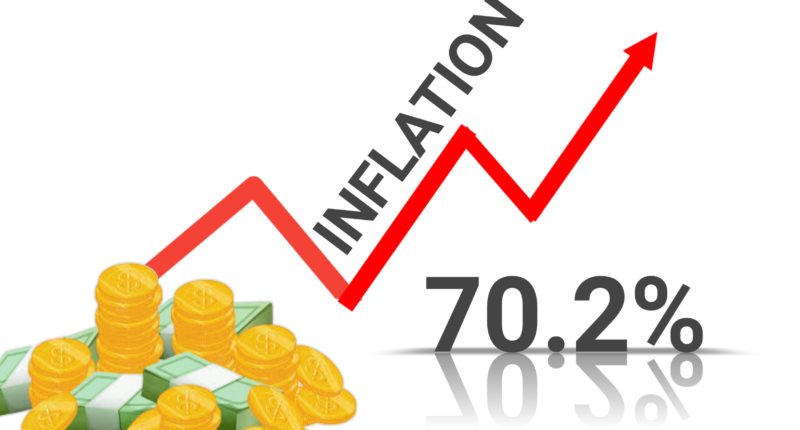In August, Sri Lanka’s annual inflation rate surpassed 70% as the country grappled with its worst economic crisis in almost seven decades.
Food costs increased by 84.6% year on year, according to official figures.
Why this is happening
This year, the South Asian nation of 22 million people was thrown into financial and political instability due to a currency shortage. The country has been unable to afford critical imports such as petroleum, fertilizer, and medicine.
The Central Bank of Sri Lanka indicated last month that it expected inflation to fall as the country’s GDP slowed after peaking at around 70%.
According to official numbers released last week, the economy contracted by 8.4% in the three months to the end of August.
State of affairs
Prior to the epidemic, Prior to the pandemic, Sri Lanka relied significantly on tourists for foreign currency, notably the US dollar.
However, border barriers designed to slow the spread of Covid-19 drove tourists away, putting a significant strain on the country’s economy. Sri Lanka defaulted on its loans earlier this year as a result of this, as well as years of financial mismanagement.
What you should know
Sri Lanka has experienced political instability in recent months, with President Gotabaya Rajapaksa fleeing abroad before stepping down in July.
This came as hundreds of thousands of people flocked to the streets in often-violent protests against steep increases in food and fuel prices.
Many Sri Lankans criticized Mr. Rajapaksa’s administration for the crisis’s mishandling. Sri Lanka signed a preliminary agreement with the International Monetary Fund earlier this month for a $2.9 billion (£2.6 billion) loan. However, the accord is contingent on the country obtaining financing from private creditors as well. On Tuesday, India announced that it has begun debt restructuring talks with Sri Lanka and that it would also make long-term investments. India had donated about $4 billion in financial assistance to its smaller neighbor.
India also suspended payment on around $1.2 billion in Sri Lankan imports and extended a credit line of $55 million for fertilizer purchases. On Friday, Sri Lankan government officials will meet with creditors to discuss the scope of the country’s economic issues and a proposal to restructure its obligations.

